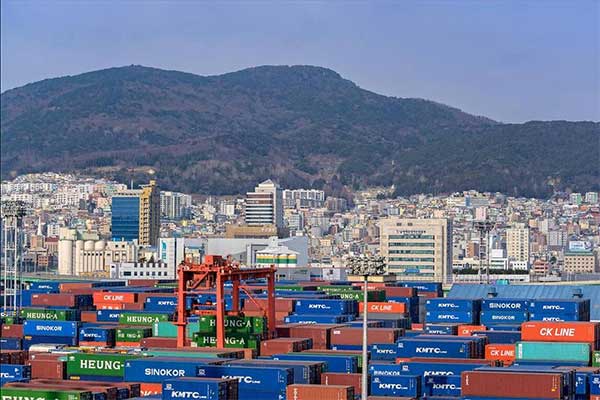
Foreign trade return and repair: How to prevent cross-border travel from becoming cross-border trouble?
In foreign trade business, return and repair is a common yet challenging issue. Whether its product quality issues, shipping damages, or customer requirement changes, return and repair may lead to additional costs and time delays. This article will provide a detailed analysis of the return and repair process, precautions, and common issues to help you efficiently handle returns and avoid unnecessary troubles and losses.
Basic process of return and repair
The return and repair process typically includes the following steps:
- Customer return request: After identifying the issue, the customer submits a return and repair request to the supplier.
- Supplier confirmation: The supplier confirms the issue and decides whether to accept the return and repair.
- Logistics arrangement: The supplier arranges for a logistics company to transport the goods back from the customer.
- Goods repair: After the goods arrive at the suppliers location, they undergo repair or replacement.
- Reshipment: After repair completion, the supplier reships the goods to the customer.
Precautions for return and repair
When handling return and repair, special attention should be paid to the following points:
- Clear responsibility: Before return and repair, clearly define responsibility to avoid subsequent disputes.
- Understand the regulations.Return and repair regulations vary across different countries and regions, so its essential to understand and comply with them in advance.
- Choose reliable logisticsSelect experienced logistics companies to ensure safe transportation of goods.
- Retain evidenceKeep all relevant documents and evidence for future reference.
Frequently Asked Questions and Solutions
During the return and repair process, you may encounter the following common issues:
- Goods damageGoods may get damaged during transportation. The solution is to choose an insured logistics provider and ensure proper packaging before shipping.
- Customs issuesDifferent countries customs policies may lead to goods being detained. The solution is to understand and comply with customs regulations in advance and prepare complete documentation.
- Time delaysReturn and repair may cause delays that affect customers production schedules. The solution is to maintain good communication with customers and provide timely progress updates.
Case analysis
Below is a practical case to help you better understand the return and repair process:
- Case backgroundA Chinese supplier exported a batch of electronic products to a US customer, who discovered quality issues upon receipt.
- Handling processAfter confirming the issues, the supplier immediately arranged for the logistics company to return the goods from the US to China. After the goods arrived, the supplier conducted repairs and reshipped them to the customer.
- ResultThe customer expressed satisfaction with the suppliers quick response and handling, maintaining a good cooperative relationship.
Summary
Return and repair are inevitable in foreign trade, but proper procedures and precautions can effectively reduce troubles and losses. We hope this content helps you better handle return and repair processes, improve customer satisfaction, and maintain good business relationships.


 Follow Customer Service WeChat
Follow Customer Service WeChat